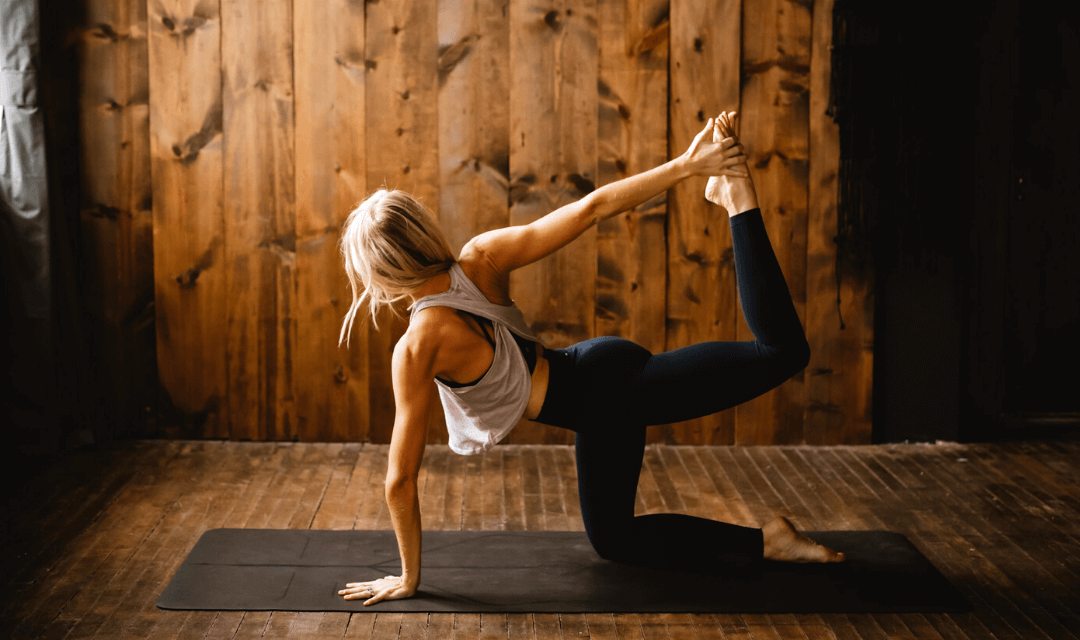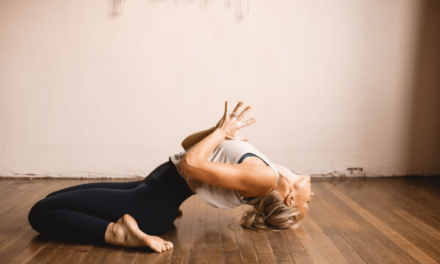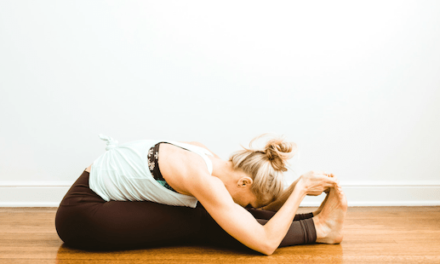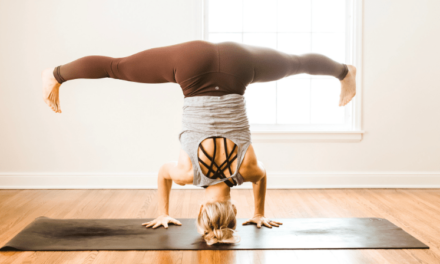I’ll never forget the first time I cried in yoga.
And I remember it well because it was my first yoga class.
There I was laying on my back after doing a series of backbends when the flood gate of tears starting pouring down my cheeks.
I thought yoga was supposed to make you feel all happy and blissed out. What was happening here?
Well, as it turns out, this is a normal thing to happen in yoga. Especially if you have gone through some “stuff” in your life.
The “stuff” that I was going through was recently leaving a corporate job that had left me feeling depleted and incapable. Others may find themselves emotional on their mats for reasons they can’t put their finger on. And sometimes, the emotions are triggered by events that happened in your past, even so long ago as in your childhood.
All I knew that day, the day I took my first yoga class, that something was being uncovered that had been waiting to be let go. My tears were there to prove it.
And that is ultimately why we cry in yoga, we are releasing something that has been blocked, either physically or mentally.
Why Science Suggests We Cry In Yoga
Though there is not enough scientific research to prove why we can get emotional during yoga, there are some indicators that could give us a clue as to why.
One example is how our body responds to the fight-or-flight response triggered in our body during a moment of fear or escalated emotion. When put in a situation where your body needs to defend itself, your brain sends signals to your muscles to either prepare to run or fight. The fight-or-flight response comes from your sympathetic nervous system and how it responds to stress. When you are mentally or physically stressed and you don’t deal with it, it can be stored in your muscles (think hip flexors and shoulders) and will build up over time.
Combine the years of stored anxiety and stressful energy in your muscles with yoga stretches and breathwork, and you have the formula for an emotional release.
Another scientific example of why tears on our mat can happen is how yoga shifts our mental state within our brain. Our quick-pace daily activities are operated from our medulla oblongata in our brain. When we start to breathe slowly and steadily, we then shift to using the cerebral cortex. This changes the PH levels in our blood and causes us to feel more relaxed.
When we relax enough, we let down our guard or the walls that we hold up every day. It’s the expectations to act a certain way or to obtain a certain level of success. When we let these walls down, it’s a release that leads to another emotional formula that results in teary eyes.
The common thread between both examples is that it shows that being emotional during yoga, has to do with releasing…something.

Why A Yoga Teacher Suggests We Cry In Yoga
Yoga is the union between mind, body, and spirit. And it is said that what happens in the mind or body, then also affects the other.
The body remembers our past experiences, both good and bag. Built-up stress, anger, sadness, and tension can live in our shoulders and commonly our hips and hip flexors. Similar to the flight-or-flight response explanation, we bottle up the stress from our everyday lives in order to keep moving forward. So, when we get out of our heads and into our bodies, via stretching and opening up parts of the body, the physical stress in the body starts to dissolve and can lead to emotion.
Think of it this way, 99% of our day we are overriding our emotions. We’re with co-workers, family, or running errands. These are not times you naturally stop and listen to what is going on underneath the surface of yourself.
This awareness is usually done during our yoga practice.
A well-sequenced yoga class will carry you through the physical journey of yoga to work through the built-up energy of everyday life. When it’s time to hold postures a bit longer, usually toward the end of class, that is the moment of pause where we tend to hear very clearly what is going on in our subtle body. This is why you often find emotions popping up toward the end of class.
It’s when you’ve done the work to go deep into your practice to quiet your mind is where the transformational work of yoga happens. A quiet mind can let the body do its thing that it needs to do to heal.
And that can sometimes mean tears.
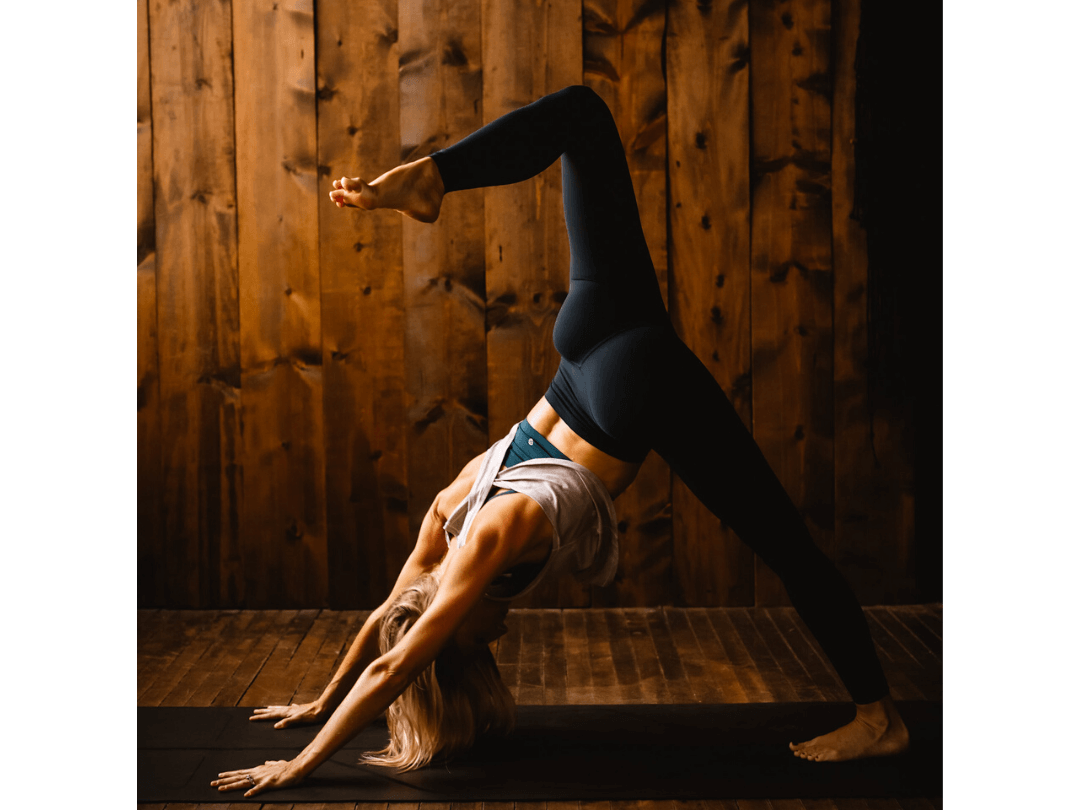
Yoga Postures That Can Make You Cry
Hips Openers
Postures like Half-Pigeon (arguably the most common tear-jerker posture), Prone Frog, or Happy Baby all encourage our hips to release tension. Being the hips are one of the most common places we hold our stress, letting go of the stress and negative feelings that have found a home here for so long is why tears are common.
Backbends
Backbends consist of opening up the front-line of your body or let’s say your chest and heart. Our heart is one of the most vulnerable areas we have in our bodies, it is what keeps us alive. And so, as we go about our day protecting ourselves, we often guard this part of our body, mentally and physically.
That is why backbends, or heart-openers, can trigger emotion. You’re exposing a part of you that is vulnerable. It takes strength to be bold enough to lead with your heart. Letting your guard down in backbends is like letting the weight of the world slide off your shoulders. The relief alone will shed tears.
Savasana
The ultimate resting posture, Savasana (Corpse Pose) is when your practice comes to fruition. You’ve worked your body and gotten out of your head and nothing is left but to relax. As we’ve noted, when we pause and listen to what is really going on with ourselves, it allows space for whatever we’ve been holding on to, to let go.
This posture is usually another time to come back to the intention you set at the beginning of class. Setting an intention focuses your mind on something bigger than yourself. It’s often emotionally tied to something that is important to you on a deeper level. When you acknowledge your intention during Savasana, it tends to pull at your heart-strings as a reminder of what are the more important things in life are.
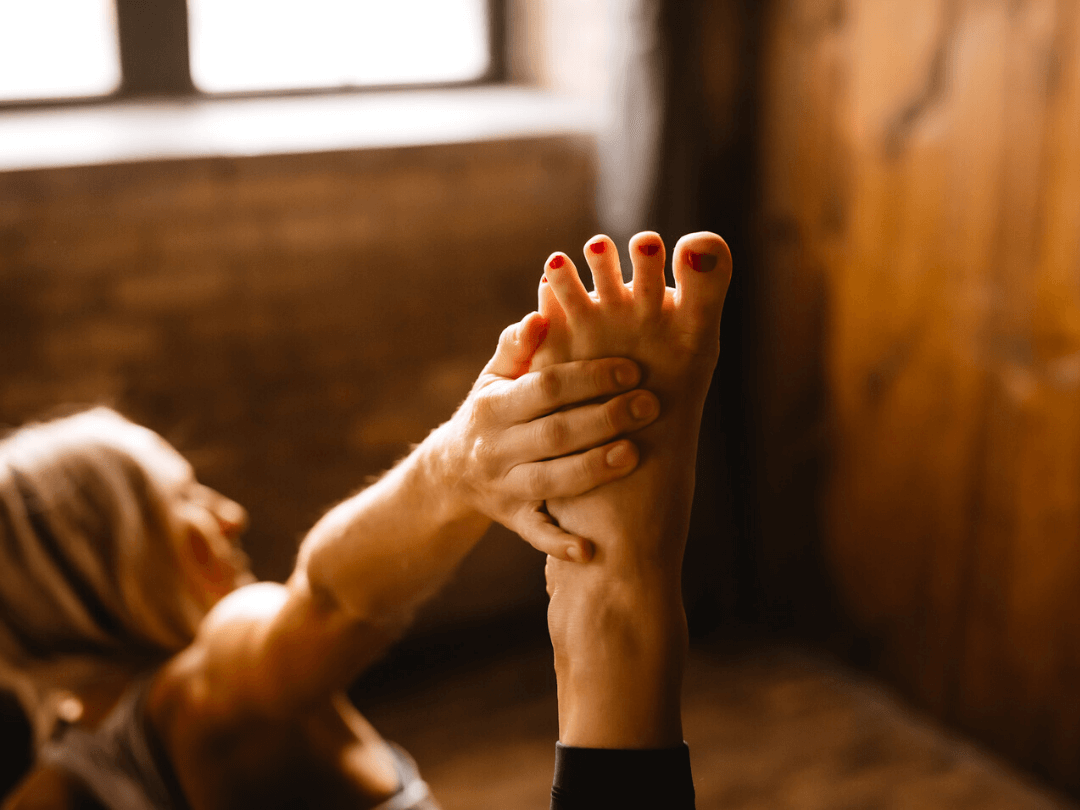
It’s not wrong or shameful to cry in yoga. Yoga is not baseball (get it?)
Crying is normal, especially in yoga. It means that the work of yoga is doing its job. It’s allowing you to face whatever that may be there and let it go.
I still cry during my yoga practice every once and while. Though, it’s not like it used to be when I was healing myself after leaving the corporate world. The truth is sometimes we just need a good cry. And sometimes, it means something more is happening.
I like to think of it as shedding a layer that is no longer needed.
“Our true self remains deeply hidden, incognito, submerged beneath a web of mistaken identities.” – Stephen Cope

